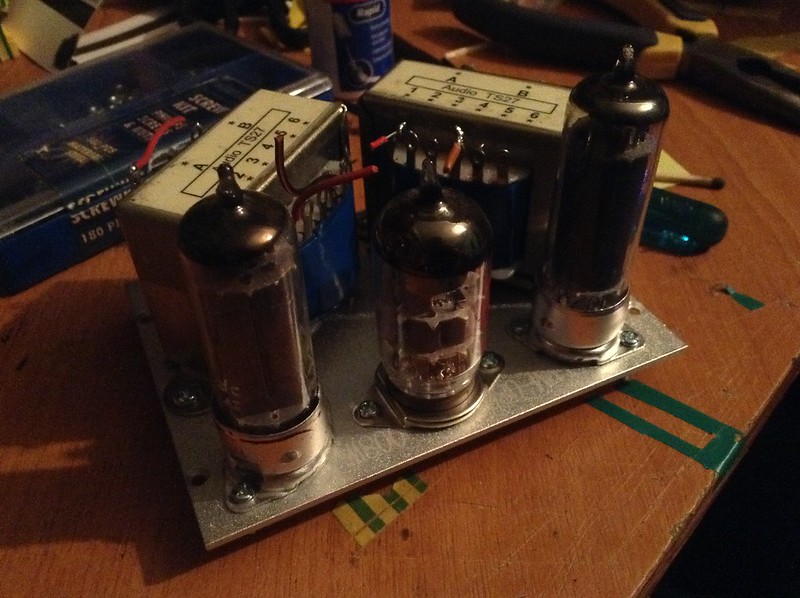Sigurthr
0
- Joined
- Dec 11, 2011
- Messages
- 4,364
- Points
- 83
Hey everyone,
I know there are a bunch of us out here tinker with various things from time to tome, vacuum tubes being one of them. I know Twirly (Ionlaser555) has done some wonderful things before as well, so why not have a place for the entire community to post their various valve happenings.
Today I took apart an old Victrola Radiola ca. 1928 and salvaged a working PSU and six RF/AF triodes.
I was able to make a rather well working mono audio amp with the help of some modern silicon wizardry.
https://www.youtube.com/watch?v=Ti6_ULgVZFQ
YT is flagging all audio that is 3rd party now, so let me know if the vids don't work.
I know there are a bunch of us out here tinker with various things from time to tome, vacuum tubes being one of them. I know Twirly (Ionlaser555) has done some wonderful things before as well, so why not have a place for the entire community to post their various valve happenings.
Today I took apart an old Victrola Radiola ca. 1928 and salvaged a working PSU and six RF/AF triodes.
I was able to make a rather well working mono audio amp with the help of some modern silicon wizardry.
https://www.youtube.com/watch?v=Ti6_ULgVZFQ
YT is flagging all audio that is 3rd party now, so let me know if the vids don't work.










